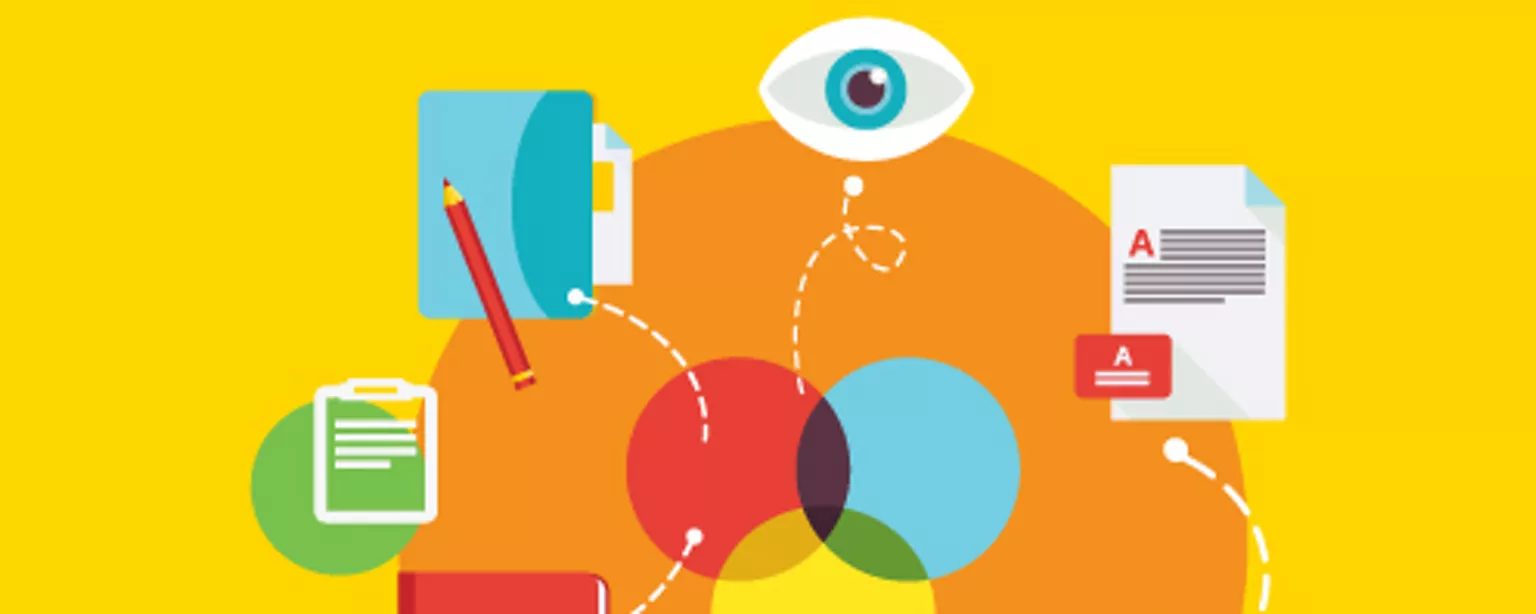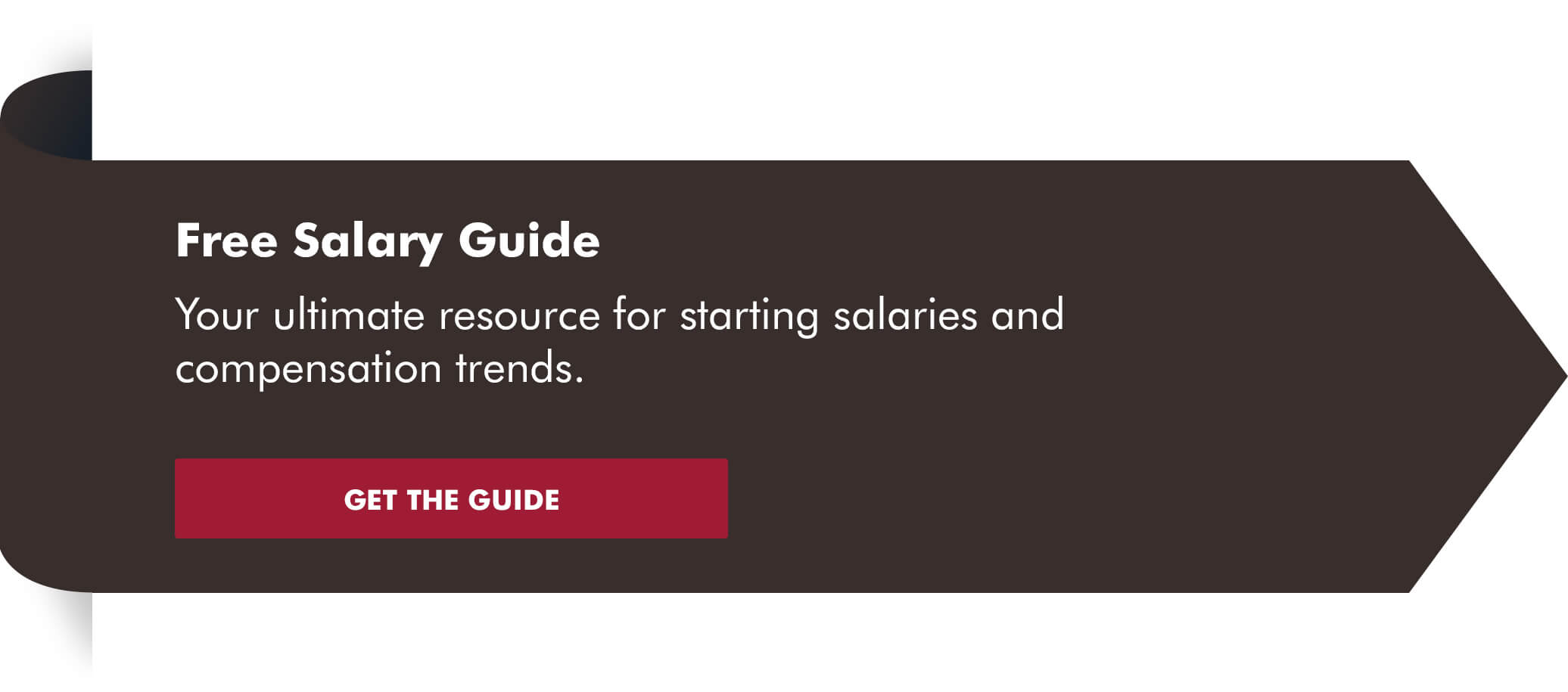Just like a museum that pulls from its archives to create exhibits on a theme, your creative portfolio should be a curated collection of your work, adapted for each client or job opening you pursue. The best agencies expect job seekers’ portfolios to be targeted to the skill set, industry knowledge and discipline required for the position or project they seek. If you want to land a coveted design gig, you'll need to fine-tune both your physical and online portfolios. Here are some portfolio tips to help you rise above the competition.
Create a portfolio even if you're not a designer
It's a no-brainer that every designer should have a killer portfolio. But copywriters, account executives and marketing managers can benefit from creating portfolios, too. In fact, because it's not as common for those who work outside the field of design to have a portfolio, creating a collection of your work can help you stand out from your competitors and demonstrate your initiative and organizational skills.
Think both digital and analog
A portfolio website may help you get your foot in the door with an agency, but it's helpful to be able to show off something physical when you want to call out specific examples of content you've created during a job interview. That’s why, whatever kind of creative role you hope to land, you need to maintain both online and physical versions of your portfolio.
Include the optimal number of pieces
How many content pieces do you need in your physical book? Advertising and marketing executives surveyed by The Creative Group said they prefer to see eight items, on average, in someone's design portfolio. In a digital portfolio, you can include more samples, as long as they're organized by category and easy to navigate.
Employers are looking for eye-catching pieces that highlight your ability to:
- Think strategically
- Communicate complex concepts
- Use multiple software applications
- Solve real-world problems as part of your client's objectives
Essential components
Focus on the most essential elements of your online portfolio. Whether you build a personal website or use a portfolio website, your online portfolio should follow these rules:
- Create a home page that clearly conveys who you are and the services you offer. Some visitors may not go any further than your home page.
- Include a brief biography, full resume and highlights of your client list (assuming you have permission to talk about the work). Testimonials lend even more credibility.
- Display your contact info on every page. Don't leave any prospective employer or client wondering how to get in touch with you.
- Divide your work into clear categories. This makes it easier for potential clients to browse content that is relevant to them.
- Give a brief description of each project. Explain who you worked with and the objectives you followed.
- Supplying a printer-friendly resume is especially important if you're looking for a full-time job, so make sure it's easily accessible and ready to print. (A PDF file is best.)
- All your files should be sized appropriately so that images load quickly.
- Keep your portfolio current by adding new samples (and promote them on social media when you do).
- Use search engine optimization techniques to make your portfolio easier to find.
Strategically showcase your work
Depending on your particular strategy for approaching the market, organize your online and physical portfolios by industry, media specialty or chronology. For your hard-copy version, start with your strongest piece and end with your second-best option. Include:
- The name of the client for whom you produced the piece (again, be sure to obtain permission)
- The date it was completed
- A sentence or two explaining your role and the project objective
- The name of the software you used
- Any positive outcomes (awards, client praise, increased sales, better customer engagement, etc.)
Make sure all of the samples in your portfolio are free of smudges, folds, tears or extraneous markings. Show one only item at a time to avoid a chaotic, cluttered look. Use pocket pages for your resume, biography, and client list; carry bulky or odd-shaped items separately.
Perfect your pitch
Even a stellar professional portfolio won't win over a potential client if your verbal presentation turns into a 20-minute monologue. Select five pieces that best represent your skills and how they served a company's needs. For each one, develop a brief pitch that addresses the objective, your role and the results. Revenue, stats and percentages are instant indicators of how your work made a difference. The more you can quantify a project's outcome, the better.
Answering common portfolio questions
Here’s how to respond to questions that might trip you up during a portfolio review:
Q: What would you have done differently with this piece?
A: Never disparage a former employer or client. Instead, demonstrate tact and diplomacy. Discuss what you might have done with a bigger budget or more time, for instance.
Q: What do you think of our current marketing materials?
A: Don't harshly critique the work or give hollow praise. Show that you're observant by commenting on the strengths and weaknesses of each piece. Suggest how you would improve the collateral to better meet business needs.
Q: Which piece are you most proud of?
A: Keep in mind that employers may be more interested in why you're pleased with the sample than in the work itself, because your answer reveals the things that inspire or motivate you.
Q: What was your role in this piece?
A: Resist the temptation to exaggerate your contributions. If your role in a project was minimal, it should not be included in your book. If the piece was a group effort, explain how the team worked together and use the opportunity to highlight your communication and collaboration skills.
Make it a living document
Finally, keep updating your portfolio with your best work so the samples are fresh when a career opportunity arises. It's far easier to archive and summarize your work when you've just completed it than to revisit it months later when you’ve forgotten many of the details. Regular maintenance also makes it easier to swap pieces in and out of your physical portfolio as you customize it for a potential employer.
The bottom line: There's no one-size-fits-all portfolio solution. To land a job, you'll need to tailor your portfolio so it presents work that's most relevant to the position.






